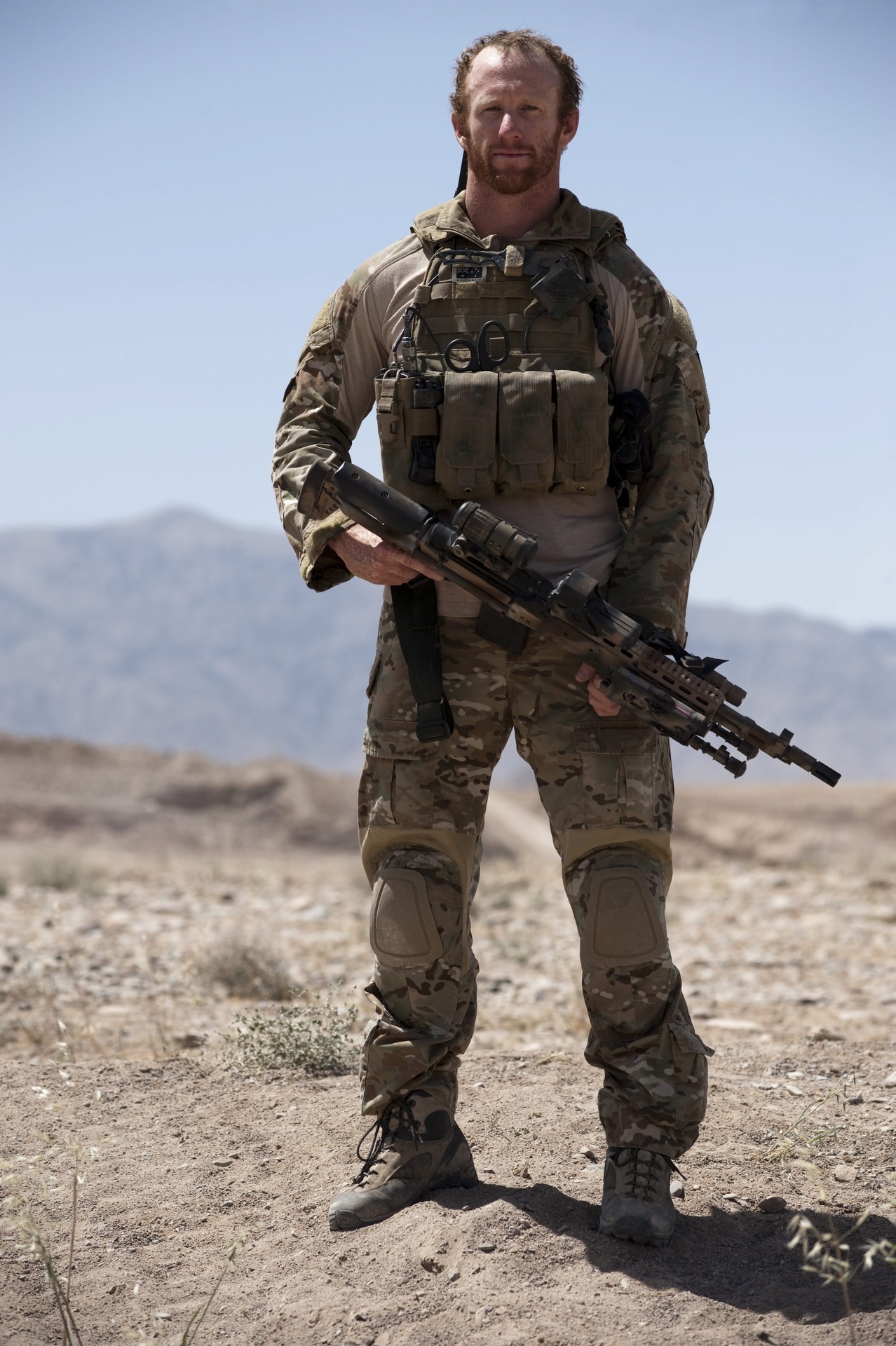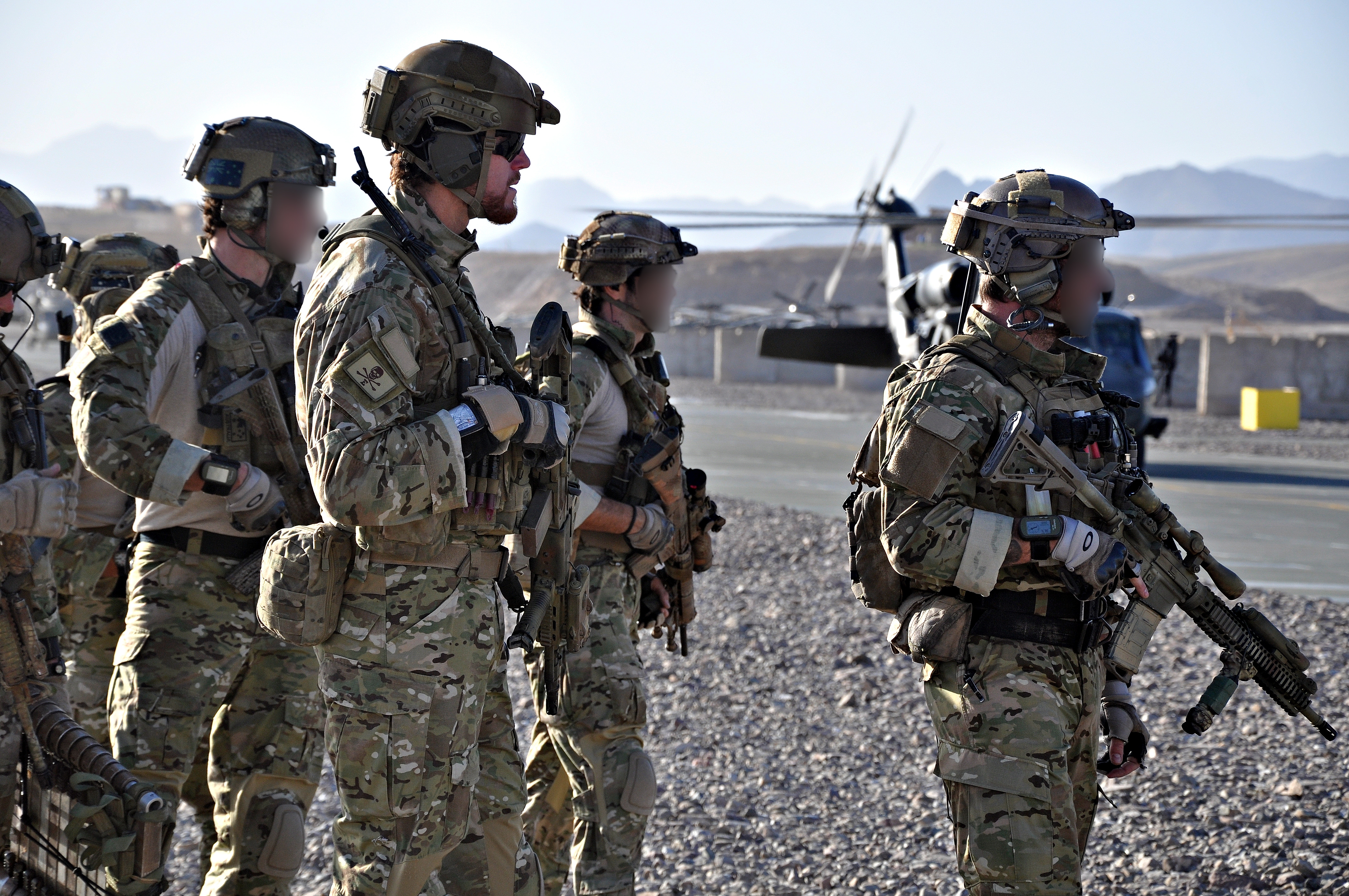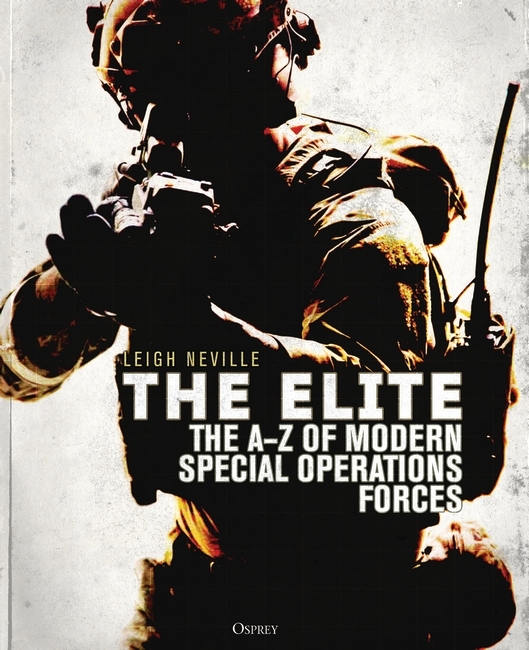Ahead of the release of his latest book for Osprey, The Elite: The A–Z of Modern Special Operations Forces, we asked author Leigh Neville to tell us about some of the units included in The Elite. In this series of five blog entries, Leigh looks at his personal top five military or police special operations forces (SOF).
Number 3
Special Air Service Regiment (SASR)
I may be a little biased being Australian born but the Australian Army’s Special Air Service Regiment (SASR) is extremely well-respected by international special operations forces (SOF), particularly for its skills in long range, long duration, special reconnaissance and surveillance. In the early days of Operation Enduring Freedom (or Operation Slipper as it was known by the Australians), SASR found immediate favour with the US Marines deployed to southern Afghanistan as the Australians conducted vehicle-borne long range patrols to seek out ‘ground truth’ in the region. None other than then-General James Mattis would later remark that SASR was instrumental in those early days.

Victoria Cross recipient Corporal Mark Donaldson of SASR.
Image courtesy of LT Oldaker Aaron; Commonwealth of Australia
Long-range reconnaissance has always been a speciality of SASR, however, the unit really honed those skills back in the 1970s when it was under threat of disbandment due to the post-Vietnam drawdown of the Australian Army. The regiment made itself indispensable by carving out a niche within the then-dominant strategic priority of defense of the Australian homeland. SASR developed techniques, and heavily modified vehicles and equipment, to allow it to patrol for weeks in the inhospitable Outback of Western Australia. Decades later, this work would pay dividends in Afghanistan and Iraq.
In 1979, SASR was also given responsibility for the recovery of Australian citizens held overseas, counter-hijacking, and the protection of off-shore oil rigs, culminating in the development of a specialist counter-terrorism element within the regiment known initially as Nullah and later as the Tactical Assault Group (TAG). Today there are two TAGs, one called Tag-East, based on the east coast and manned by 2 Commando Regiment, and the original west coast based TAG-West.
Their innovation in counter-terrorism (CT) techniques (including such lateral thinking as using a mechanic’s workshop roller board hidden under a vehicle to covertly infiltrate operators, and being one of the first to mount extending ladders upon the roofs of response vehicles) saw members of SASR become well regarded by their contemporaries within US, British and European CT units. Lacking the budget of many of its peers at the time, SASR relied upon ingenuity to get the job done.
SASR maintains a number of recent battle honours, including East Timor, Afghanistan and Iraq. In the latter, it again provided a much-needed capability in special reconnaissance and was specifically requested by US Central Command during the planning of the invasion. Once on the ground in Western Iraq, SASR marauded far and wide, capturing vital airfields, interdicting senior Iraqi officials attempting to flee to Syria and, along with the British SAS and American Delta Force, tied up much of the Iraqi Army facilitating the ground invasion into Southern Iraq.
At the close of the invasion phase, SASR found itself a new role guarding Australian diplomats and intelligence personnel in Baghdad. Although the regiment desperately wanted to join the joint US/UK task force hunting down Iraqi leadership (and later responsible for demolishing al-Qaeda in Iraq), SASR returned to Afghanistan where it would continue to deploy in six-month rotations until 2014.
These Afghan deployments saw the unit again praised for its reconnaissance skills with patrols often lasting more than a month, and later as an integral element of the Coalition’s strategy to decapitate the Taliban by targeting so-called high value targets such as bomb-makers and leadership figures. During a single deployment, SASR could see itself working with the Australian reconstruction efforts in Uruzgan, ensuring a protective bubble around the counter-insurgency efforts; carrying out strategic operations for the Coalition such as supporting the 2008 operation to transport a turbine to Kajaki Dam; and undertaking capture/kill missions with the US-based counter-terrorist task force.

SASR operators, including Victoria Cross recipient Corporal Ben Roberts-Smith (centre with undisguised face), await helicopter boarding in Afghanistan 2010.
Image courtesy of LT Oldaker Aaron; Commonwealth of Australia
SASR has gained the acceptance of its contemporaries through a willingness to take on the difficult tasks. In fact, the US Special Operations Command singled out an SASR patrol as being instrumental in keeping alive the doomed Ranger quick reaction force on Takur Ghar in the infamous Battle of Robert’s Ridge. The patrol maintained a covert observation post for several days atop a nearby peak, guiding in air strikes to keep enemy forces at bay. The unit’s hard work has paid off – SASR’s endurance and tactical skills have seen the Americans recognise it as a ‘Tier 1’ SOF unit able to be deployed in a similar way to their own SEAL Team 6 or Delta Force.
Check out Leigh's previous blog posts about his fourth and fifth picks.
The Elite: The A–Z of Modern Special Operations Forces publishes 28 November 2019. Preorder your copy here.


Comments
You must be logged in to comment on this post. Click here to log in.
Submit your comment